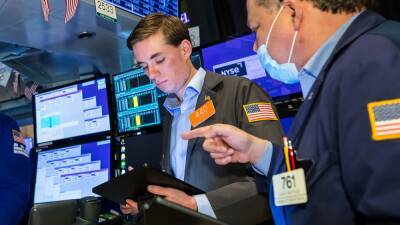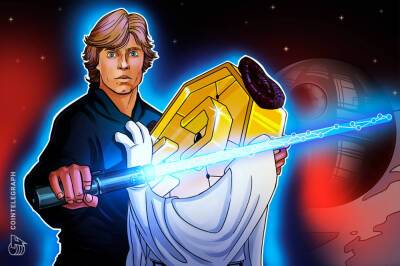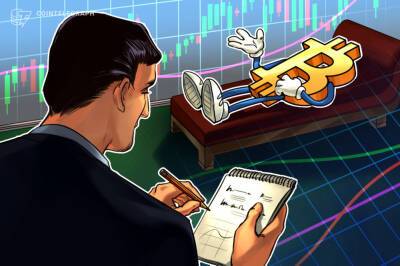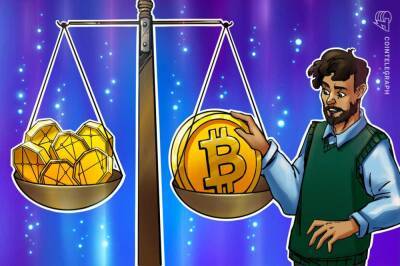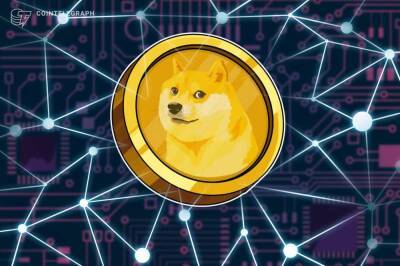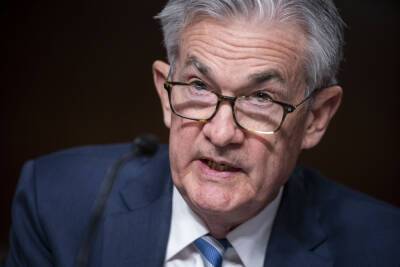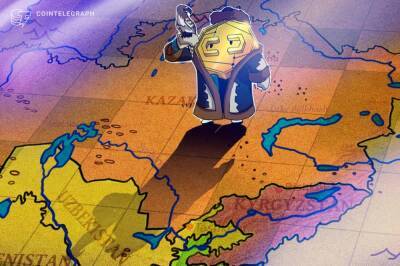Stablecoins will have to reflect and evolve to live up to their name
In the case of stablecoins, unfortunately, the name is so far a misnomer. The fact that stablecoins are pegged to a “real” asset does not equate to stability. Traditional underlying assets are not exempt from market fluctuations, and with the majority of stablecoins pegged to fiat, they can be just as unstable.
What the name could be, however, is aspirational — something that stablecoins might yet live up to if they can tie themselves to a solid foundation.
At risk of confusing metaphors, stability is the currency of the day. Markets are volatile, debt levels are high and inflation is spiraling following the COVID-19 pandemic and ongoing supply chain problems. The cryptocurrency markets have benefitted as investors have searched for alternative stores of wealth. But, prices continue to see-saw up and down unpredictably.
In search of a solution to volatility, the crypto community has gravitated toward stablecoins for the perceived stability afforded by their fixed relative valuation. A recent report by the Hong Kong Monetary Authority (HKMA) verified this trend, showing an explosive expansion of the stablecoin market since 2020 in terms of market capitalization. Payment firms are also jumping on the bandwagon, with PayPal recently announcing plans to roll out its own PayPal Coin, which will be backed by the United States dollar.
Related: Fear not, investor: Finding stability amid crypto market volatility
And, therein lies the problem. Stablecoins are usually backed by increasingly unstable fiat currencies. Governments have printed $17 trillion worth of new money into the global economy amid widespread quantitative easing, simultaneously raising global debt levels and devaluing the purchasing power of the currencies that prop
Read more on cointelegraph.com


 cointelegraph.com
cointelegraph.com